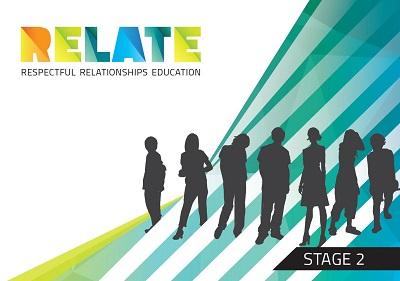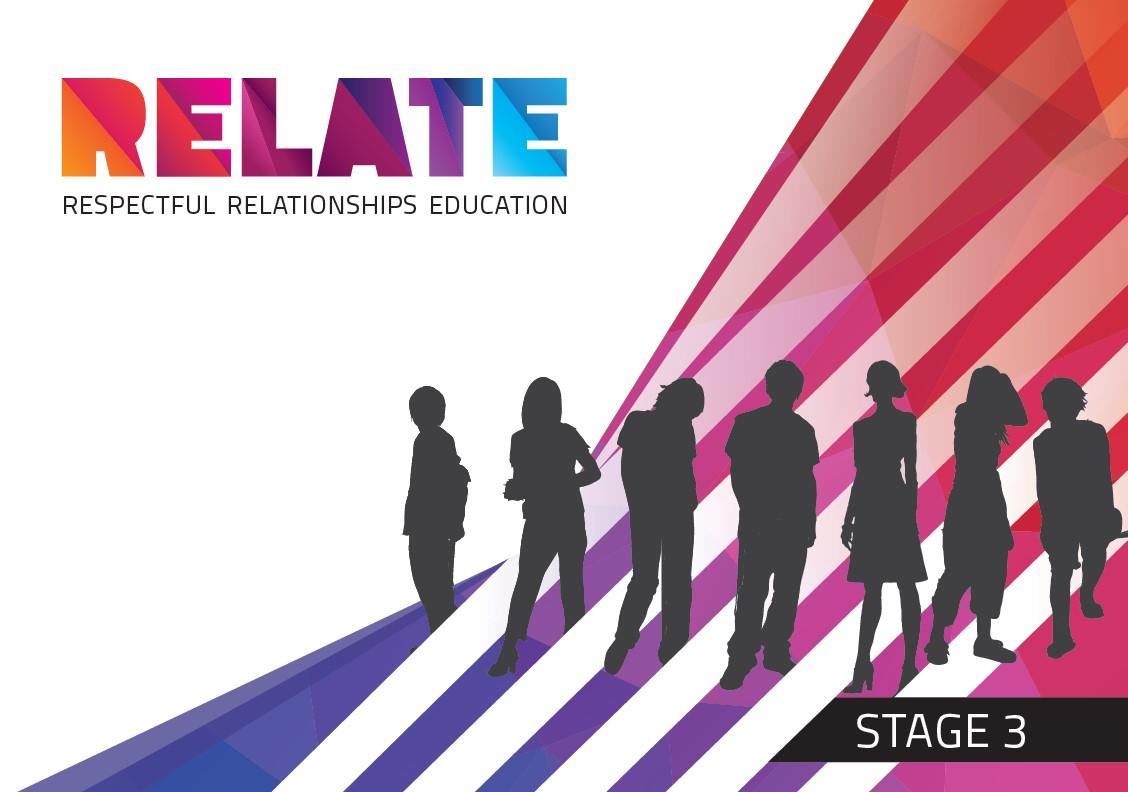
Students explore activities in each of Gardiner's Intelligences to determine what they enjoy and what their strengths are.
Students identify and describe emotions and develop an understanding that people can have different feelings and responses to different situations.
Students develop an understanding that social skills are required to build and maintain friendships.
Students explore the physical features of people and identify similarities and differences between them.
Students identify the correct names and location of their body parts (which may include genitalia).
Students develop their understanding of the differences between public body parts and private body parts.
Students explore trusted adults who can help them to feel safe on a 'helping hand'.
Students describe ways in which their body has changed as they have grown older and the identify key milestones from birth to the present.
Students explore things they are good at, identify these as their strengths, and explore how these can change over time.
Students explore different emotions, the signals their bodies give for each emotion, and positive coping strategies for different scenarios.
Students consider the ways that a family may change, and identify ways to cope with changes.
Students distinguish between friendly and unfriendly behaviour and identify their own ‘getting on with others’ strengths and limitations. Students practise using friendly behaviour with others by giving and receiving compliments.
Students explore the feelings associated with being able to do something by themselves for the first time and reflect on how personal achievements can influence a person's identity.
Students identify external body cues and verbal cues that people demonstrate when they are feeling a range of emotions. They identify how to ‘look’ and ‘listen’ to read these emotions in others and practise reading emotions in others in role-play situations.
Students discuss the changes that take place in families and identify realistic independent activities that they can do to help and cope with these changes.
Students discuss and practise strategies for making new friends and including others in activities and games through practising good playing skills. Feelings such as anxiety and nervousness, and strategies such as resilience and persistence, are discussed.
Students use a video and T chart for exploring different ways to ask for and give consent for touch (e.g. hugs).
Students identify important personal milestones from birth to the present and growing older, and reflect on how personal achievements and challenges have impacted and influenced their lives.
Students examine how success, challenge and failure strengthens their own personal identity.
Students learn to recognise problems in relationships and develop practical solutions to prevent or manage conflict.
Students develop an understanding of what to do in situations where others are being bullied, that shows empathy and respects the rights of others.
Students play a game to allow them to experience exclusion and then explore and discuss how prejudices develop. They consider a range of scenarios that reflect discrimination of gender and healthy relationships and develop strategies to address these discriminations.
Students use a scenario and emotion statues to explore consent for photos to be shared and actions they can take if someone has shared photos without consent.
Students explore the implications of intense emotions on self and others and develop personal strategies to cope with the intense emotions that can result from adverse situations and the demands of others.
Students identify the social skills needed to develop respectful and positive relationships. They practise cooperating and collaborating with peers using specific social skills relating to respect, empathy and valuing differences.
Students develop a repertoire of strategies to use to protect themselves from bullying. They also examine ways to help someone else that may be being bullied.
Students identify and apply resilience skills required to respond positively to challenges and failure such as ways to calm the body; using self-talk, optimistic thinking and help-seeking behaviours.
Students explore different kinds of online communication and face-to-face communication and discuss the pros and cons of each.
Changes with growing older and how to manage
Students explore the physical, social and emotional changes that occur throughout a person's life.
Students explore different messages they get from a range of sources about ideal bodies, and the impact these messages have on their own body image.
Students practice asking for permission to touch or posting pictures of others online, saying no and discuss where to get support.
This lessons aims to teach students that consent is already a part of their every day life, encourage them to seek consent and know where to go for help if needed.
Students discuss the changes that take place in relationships over time and identify feelings and strategies to help and cope with these changes.
Students explore how family, peers and the media influence how individuals interact in a given situation.
Students discuss and learn about the ways that consent can be communicated including verbal and physical cues.
Students develop an understanding of the parts and functions of the reproductive systems. This provides foundation knowledge for learning about about puberty, menstruation, conception and pregnancy.
Students are introduced to the physical, emotional and social changes that take place during puberty.
Students identify appropriate self care practices which become increasingly important as they go through puberty.
Students investigate ways to access community resources to seek help about health, safety and wellbeing. They then determine criteria for the credibility of a website and evaluate a range of websites and apps.
Students investigate the possible influence that peers may have on the decisions we make.
Discussion and acknowledgement being denied permission, rejection, feelings of shame and disappointment.
Students revise their understanding of the parts and functions of the reproductive systems. This provides foundation knowledge for learning about puberty, menstruation, conception and pregnancy.
Students develop an understanding that the changes that occur during puberty affect young people physically, socially and emotionally and can affect boys and girls differently.
Students investigate the body care products required when reaching puberty. They develop an understanding of why they are used, how they should be used and how advertising can influence our purchases.
Students identify the qualities of a respectful relationship, problem solve in a range of bullying, harassment and stressful situations and work towards enhancing an existing relationship by making informed choices to develop an action plan.
Students explore the physical, emotional and social changes associated with puberty.
Students discuss the positives and challenges of using technology to communicate. They also reflect on their own and other people’s online behaviour.
Students understand what HPV is and how it can be prevented. Students will understand what happens on vaccination day; and the importance of parent/carer consent. Students discuss feelings about vaccinations and strategies to help any concerns.
Students explore the physical, emotional, and social changes associated with puberty.
Through research, students develop an understanding of the physical, emotional and social changes that occur as a result of pregnancy and birth. Students create a poster or movie to demonstrate their understanding.
Students deepen their understanding of 'what's OK' and what's 'not OK' in friendships/romantic relationships and find examples in the film 'Tagged'.
RELATE: Respectful relationships program - Stage 2
Consent: Assertive and respectful communication
Students learn how consent is communicated across various relationships and the underpinning elements that make consent assertive and respectful.
Students examine how diversity and gender are often represented in the media and the impact this has on personal identities.
Consent: Ready vs not ready for sexual activity
Students discuss, consider and compare different views and perspectives on being ready for sexual activity.
Students develop an understanding of cyberbullying and the implications of sharing information online.
Porn: The who, what, where, when, how, why and why not
Students use the graffiti wall strategy and the Laugh and learn videos to develop an understanding of what porn is, how people may come across porn, why people access porn and its possible harms. Strategies for dealing with unwanted exposure to porn are also discussed.
Sexting: To send or not to send
Students use the Laugh and learn video and a decision mapping process to explore situations where people might be asked to send a sext.
RELATE: Respectful relationships program - Stage 3
Students develop an understanding of respectful relationships using fun interactive games, and identify the characteristics of respectful and disrespectful relationships.
Body Image
Students analyse how beauty is represented in the media through music and magazines and the impact this, and the perceptions of others, have on personal identities.
Sexually transmissible infections (STIs)
Students investigate the risks, symptoms and methods of transmission of STIs and safer sex behaviours.
Students use the Laugh and learn video to initiate discussions around safer sex.
Students will consider what sources of health information they use and what sources of information they should trust. They will consider the role of influencers in disseminating health information and how to critique this information.
Students complete a true/false pre-quiz on blood-borne viruses (BBVs). The Laugh and learn video and websites (provided) are used to research how BBVs can be transmitted and prevented. Findings are reported via a choice of radio advert/social media post/whole class display
Health campaigns - sexual health
Students explore the purpose of health campaigns and identify the components of a successful campaign. In groups, they develop their own campaign with a sexual health theme.
Power to manage relationships
Students explore skills needed when dealing with challenging relationships and unsafe situations.
Consent: Communication and safety in sexual situations
Students explore legal, physical, social and emotional safety, and respectful relationships using a placemat strategy and the Laugh and learn video as a stimulus.
Explores the importance of communicating with a partner about readiness for sex, consent and
Students research and develop quiz questions for young people about safer sex. The questions are combined to create a class quiz for students to complete.





